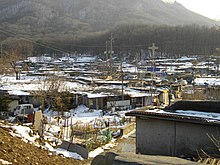
Squatting is the action of occupying an abandoned or unoccupied area of land or a building, usually residential, that the squatter does not own, rent or otherwise have lawful permission to use. The United Nations estimated in 2003 that there were one billion slum residents and squatters globally. Squatting occurs worldwide and tends to occur when people find empty buildings or land to occupy for housing. It has a long history, broken down by country below.

In England and Wales, squatting – taking possession of land or an empty house the squatter does not own – is a criminal or civil offence, depending on circumstances. People squat for a variety of reasons which include needing a home, protest, poverty, and recreation. Many squats are residential; some are also opened as social centres. Land may be occupied by New Age travellers or treesitters.
In the United States, squatting occurs when a person enters land that does not belong to them without lawful permission and proceeds to act in the manner of an owner. Historically, squatting occurred during the settlement of the Midwest when colonial European settlers established land rights and during the California Gold Rush. There was squatting during the Great Depression in Hoovervilles and also during World War II. Shanty towns returned to the US after the Great Recession (2007–2009) and in the 2010s, there were increasing numbers of people occupying foreclosed homes using fraudulent documents. In some cases, a squatter may be able to obtain ownership of property through adverse possession.
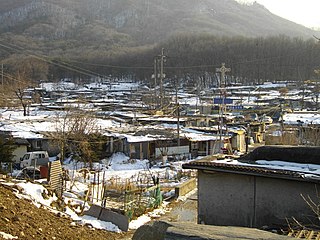
Guryong Village is a shanty town in Seoul, South Korea. It is just across a six-lane motorway from Dogok-dong of the affluent Gangnam District.

Squatting in Australia usually refers to a person who is not the owner, taking possession of land or an empty house. In 19th century Australian history, a squatter was a settler who occupied a large tract of Aboriginal land in order to graze livestock. At first this was done illegally, later under licence from the Crown.

Squatting in the Republic of Ireland is the occupation of unused land or derelict buildings without the permission of the owner. In the 1960s, the Dublin Housing Action Committee highlighted the housing crisis by squatting buildings. From the 1990s onwards there have been occasional political squats in Cork and Dublin such as Grangegorman, the Barricade Inn, the Bolt Hostel, Connolly Barracks, That Social Centre and James Connolly House.

Squatting in the Netherlands is the occupation of unused or derelict buildings or land without the permission of the owner. The modern squatters movement began in the 1960s in the Netherlands. By the 1980s, it had become a powerful anarchist social movement which regularly came into conflict with the state, particularly in Amsterdam with the Vondelstraat and coronation riots.
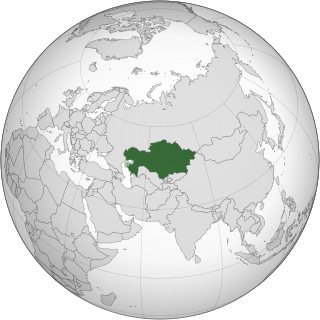
Under the 1977 Constitution of the Soviet Union, housing was guaranteed for every citizen and after Kazakhstan became a republic, a new housing code was established in 1992. From the 1980s onwards, many Kazakhs migrated to the largest city Almaty and squatted in shanty towns. In the 1990s, the Alma-Ata Union of the Homeless recommended to squatters that they should occupy unused land, summer homes or derelict buildings. When the authorities attempted to evict an informal settlement called Shanyrak in the mid-2000s there was a riot in which one police officer died; the poet Aron Atabek, who was chairman of Shanyrak's Land and Dwelling Committee, was arrested and imprisoned for 18 years. By 2016, estimates put the population of Shanyrak at 160,000 officially and at 220,000 when unregistered people were included.
Squatting in Slovenia is the occupation of derelict buildings or unused land without the permission of the owner. Housing was illegally built from the 1960s onwards and informal settlements have been set up by Romani people or poor immigrants. In the capital Ljubljana, there is the autonomous zone of Metelkova and the Rog self-managed social centre was evicted in early 2021.

Squatting in Serbia refers to the unauthorised occupation of land or buildings. Following World War I, shanty towns emerged in the mostly demolished capital Belgrade, the most notable example being Jatagan Mala. The population of Belgrade rose from 593,000 in 1953 to 1,470,000 in 1981. Between 1961 and 1971, 52% of all private construction of houses in Belgrade was illegal. The percentage was also high in other cities such as Novi Sad and Smederevo. The reasons for squatting and illegal construction were the lack of affordable housing, bad governance and the bureaucracy involved in legalising land clams. Also the punishments were light.
Squatting in Uruguay is the occupation of unused or derelict buildings or land without the permission of the owner. In the nineteenth century, pueblos de ratas developed when gauchos were forced to settle by the rural enclosures for cattle farming. In the early twentieth century, European migrant workers lived in conventillos.

Squatting in Peru is the occupation of unused or derelict buildings or land without the permission of the owner. From the 1940s onwards, land invasions created shanty towns which were first called barriadas and later pueblos jóvenes. They were initially repressed, then the government decided upon toleration and by 1998 it was estimated 2.5 million inhabitants were living in this way in the capital Lima. There are also slum tenements in the centre known as solares or tugurios, and a "Wall of Shame" has been built to separate rich and poor areas of the city. During the COVID-19 pandemic, an increase in the occupation of UNESCO World Heritage Sites such as Caral and the Nazca Lines was reported.

Squatting in Ghana is the occupation of unused land or derelict buildings without the permission of the owner. Informal settlements are found in cities such as Kumasi and the capital Accra. Ashaiman, now a town of 100,000 people, was swelled by squatters. In central Accra, next to Agbogbloshie, the Old Fadama settlement houses an estimated 80,000 people and is subject to a controversial discussion about eviction. The residents have been supported by Amnesty International, the Centre on Housing Rights and Evictions and Shack Dwellers International.

Squatting in Chile is the occupation of unused land or derelict buildings without the permission of the owner. From the 1960s onwards, informal settlements known as callampas were permitted although there were also evictions such as the massacre of Puerto Montt in 1969. In the 1970s, the government of Salvador Allende encouraged occupations, then following the coup d'état, the military junta repressed squatting. Callampas then became known as campamentos.
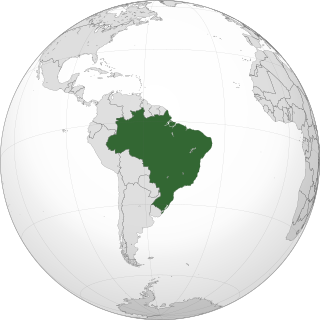
Squatting in Brazil is the occupation of unused or derelict buildings or land without the permission of the owner. After attempting to eradicate slums in the 1960s and 1970s, local governments transitioned to a policy of toleration. Cities such as Recife, Rio de Janeiro and São Paulo have large informal settlements known as favelas. A more recent phenomenon is the occupation of buildings in city centres by organised groups. In rural areas across the country, the Landless Workers' Movement (MST) arranges large land occupations.
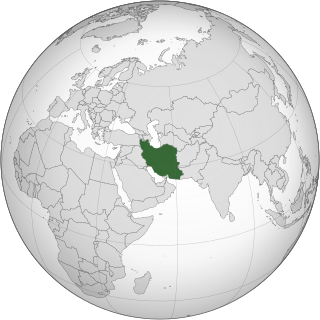
Squatting in Iran mostly occurs around the major cities, as rural migrants move to urban centres. From the 1950s onwards shanty towns have been set up and inhabitants are known as "koukhnishinan". Following the Iranian Revolution of 1979, squatter settlements increased, with the state sometimes evicting and sometimes legalizing the areas.

Squatting in Venezuela is the occupation of derelict buildings or unused land without the permission of the owner. Informal settlements, known first as "ranchos" and then "barrios", are common. In the capital Caracas notable squats have included the 23 de Enero housing estate, Centro Financiero Confinanzas and El Helicoide, a former shopping centre which is now a notorious prison.

Squatting in Angola occurs when displaced peoples occupy informal settlements in coastal cities such as the capital Luanda. The Government of Angola has been criticized by human rights groups for forcibly evicting squatters and not resettling them.
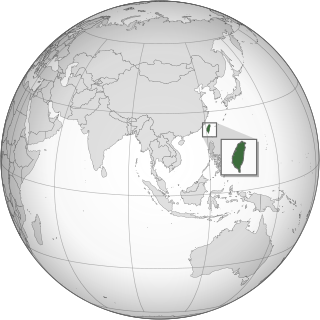
Squatting in Taiwan is the occupation of unused land or derelict buildings without the permission of the owner. Squatting was fuelled by migrants from China from the 1950s onwards and in addition cities such as the capital Taipei were swelled by internal migrants from the countryside. In order to create Daan Forest Park, 12,000 squatters were evicted. The informal settlement at Treasure Hill has been recognized as cultural heritage.
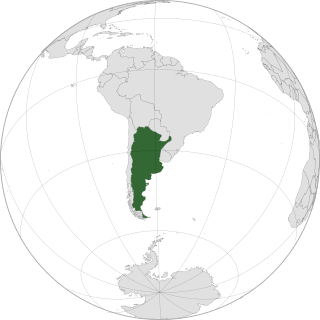
Squatting in Argentina is the occupation of derelict buildings or unused land without the permission of the owner. Shanty towns emerged on the periphery of Buenos Aires from the 1930s onwards and are known as villa miseria. After the 1998–2002 Argentine great depression, 311 worker cooperatives set up across the country as people squatted and re-opened businesses.

